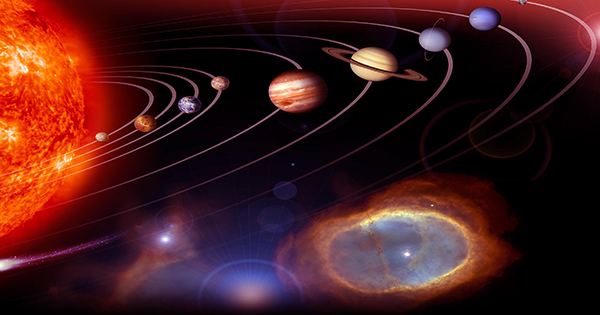A seven-year survey that has made a difference in galaxy tracking reveals its data. Astronomers will select detailed observations of more than 3,000 galaxies over the next few years, but we have already learned a lot about how galaxies grow and die, and especially how to turn them into larger clusters.
“The nature of galaxies depends on both how vast they are and their environment,” University of Sydney professor Scott Krum said in a statement. “For example, they may be solitary in voids, or crowded in the dense heart of galactic clusters or anywhere in between.” The clusters he mentions are a collection of galaxies of a few millimeters, operating on different scales in local groups as part of the Milky Way galaxy.
As galaxies spun at different rates, astronomers had their own version of the “nature vs. nurturing” debate. They argued that the rate of spin reflected the mass and evolutionary history of a galaxy or its environment – the presence of other nearby galaxies.

Survey Reveals What Makes Galaxies Go Round
This question was difficult to answer, Croom explained to IFLScience because it requires an adequate database to identify patterns in order to do it correctly. There is no shortage of galaxies, but measuring their spin is no easy process. Measuring the red and blue shifts requires collecting spectra from multiple spots in the galaxy, revealing whether each part is turning towards us.
“For decades, astronomers have made samples of hundreds of galaxies,” Croom told IFLScience. Then the Sydney-AAO Multi-Object Integral-Field Spectrograph (SAMI) arrived. Combined with the Anglo-Australian Telescope, Sami can detect the spectra of all parts of 13 galaxies at once, although Croom noted that most specimens use 12 galaxies and a pointed star as a comparison. The dramatic growth of Sammy’s offers allowed Chrome and colleagues to create a database of 3068 galaxies, which could publish in the Astronomical Society’s Royal Notices.
Using these measurements, astronomers have discovered that very large galaxies usually spin quite slowly. Croom says this is because they made up of a combination of many smaller objects, which often rotate in opposite directions to each other, causing their angular momentum to partially cancel. On the other hand, for smaller galaxies, the galaxies around them often indicate the direction of spin.
The question of why and how the galaxy died also expanded the possibilities of exploring Sammy’s observations. To astronomers, a galaxy dies when the stars stop burning. Others cannot imagine, but when new ones stop forming.
Using SAMI, astronomers learned that when galaxies fall into the crowded hearts of large clusters, they die within a billion years – shortened by cosmic values - as their gases sucked into gravitational medium by the gravitational pull of neighbors.
Although most galaxies die from the inside out – a process that will cut us off on its own – Croom told IFLScience that Sammy helped astronomers learn the opposite in large clusters, pulling star-formed gases away from the outside.
















